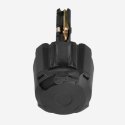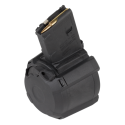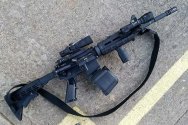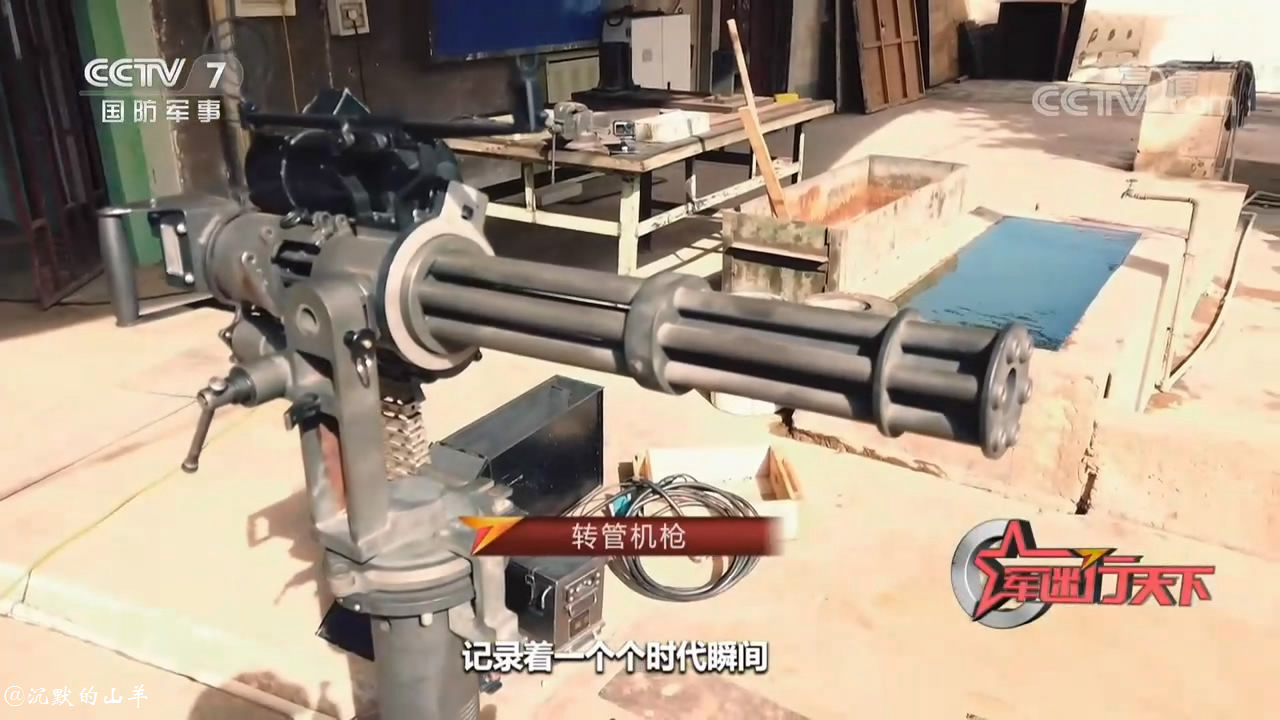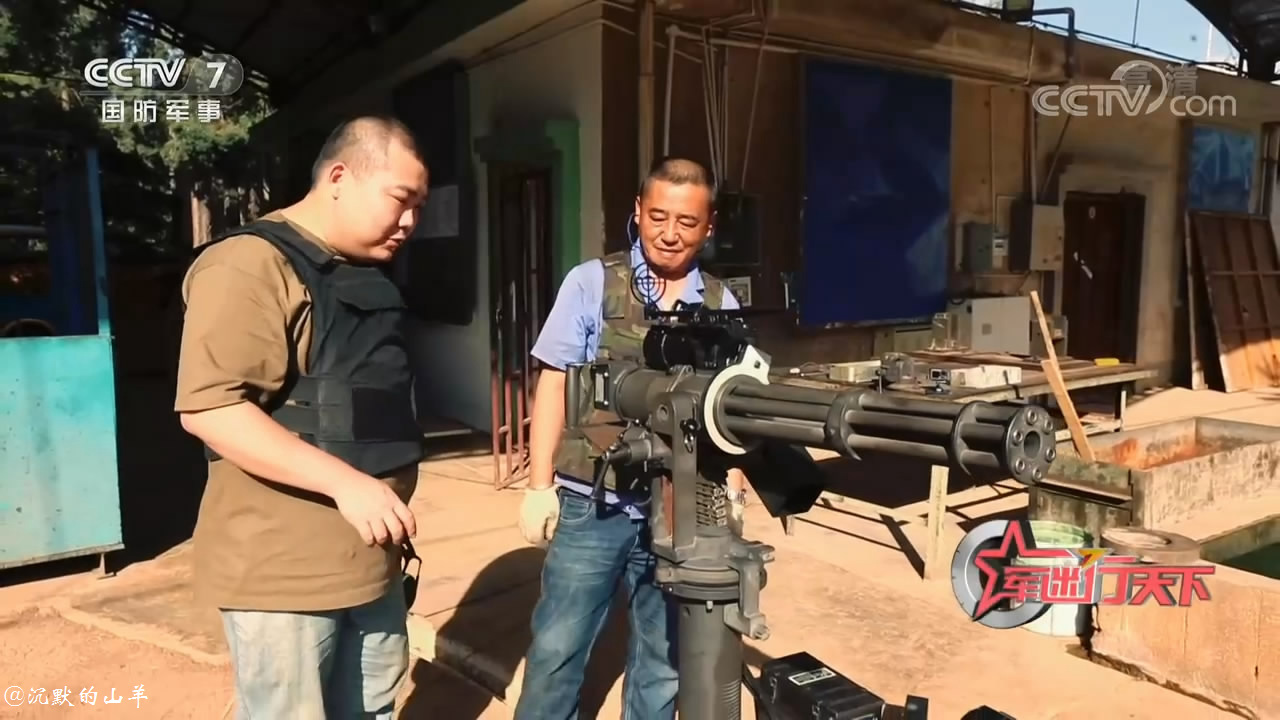Has the new belt-fed saw received a designation number yet? I wonder why the PLA decided to design a gpmg that uses drum mags back then, don't drum mags jam a lot? I also wonder whats the difference between the Soviet style of gpmg that uses full-power rounds like the 7.62 (like the PKM and type 86) and the western type that uses intermediate calibers like the 5.56 or 5.8 (like the fn minimi and qjb)
QBB-95 is not a GPMG. And it's not really an LMG either.
QBB-95 is 5.8mm, and either drum or magazine fed (no belt option). So it's best described as an IAR, LSW or SAW. Similar weapons to QBB-95 are RPK-74 (5.45mm) or M27 (5.56mm), or "LSW" variants of various service rifles around the world. I.e.: they all operate in the intermediate calibre but typically lack belt feeds, and lack quick change barrels.
LMGs also use intermediate calibres (5.8mm or 5.45mm or 5.56mm) but typically are belt fed (sometimes with magazine feed option), with quick change barrel capability. Examples of this include the M249, the Negev, and the new PLA LMG whose designation we have yet to definitively confirm.
GPMGs use 7.62mm NATO or 7.62mmx54R being the most common calibres -- M240 and PKM are examples of GPMGs. These are also typically belt fed with quick change barrel capability. They're given to a different level of the TOE than LMGs and IAR/LSW/SAWs.
I’m not too familiar with the ballistics of the rounds. All I know is that 7.62 hits harder than the 5.56 (Correct me if I’m wrong though). However, I do know that one of the reasons why the intermediate rounds were developed is the amount of ammo a soldier can carry. Unlike the 7.62, a soldier can carry much more 5.56/5.8/5.45 ammo and, as a result, fire back much more quickly at the enemy.
As for the new lmg, we haven’t officially received any designation for it. As far as I remember, I don’t think we even know if it’ll fully replace the qbb 95 or serve alongside it. Also the qbb 95 isn’t a gpmg. The type 88 is.
Finally, for drum mags, they do typically jam a lot. I'm not too sure if the Chinese one does.
So, the capability of a proper belt fed, quick barrel change LMG like the new one that the PLA has, is different to an IAR/LSW/SAW like QBB-95.
The ability to put down more fire consistently that the belt feed and barrel change offers is something that weapons like QBB-95 and M27 don't have.
I personally would not be surprised if medium and heavy combined arms units may continue using QBB-95 and/or QBV-191 (if the latter gets put into the IAR/LSW/SAW role) because those units will have their AFVs providing more organic sustained fire support as part of their TOE, while the non-mechanized, light combined arms units, and high mobility units are equipped with the new LMG because they will lack the AFVs providing organic sustained fires.

